Stellantis invests in affordable sodium-ion battery technology
Teslarati
JANUARY 12, 2024
Stellantis Ventures became a strategic investor of France-based Tiamat, which is developing and commercializing sodium-ion battery technology. According to the legacy automaker, Tiamat is the first company in the world to recently commercialize sodium-ion technology in an electrified product.

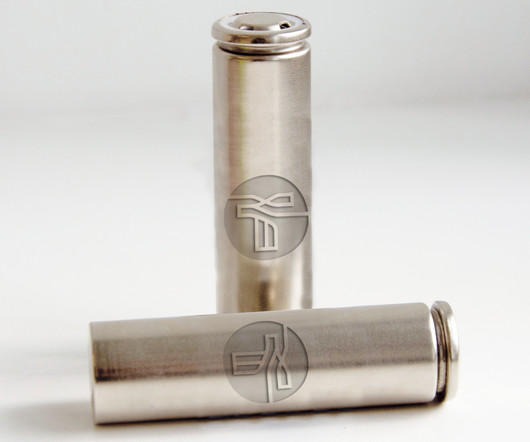






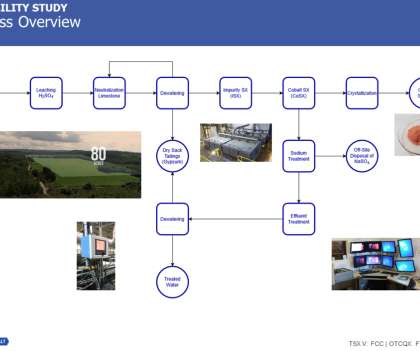



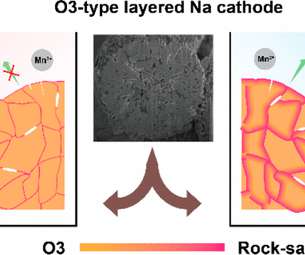







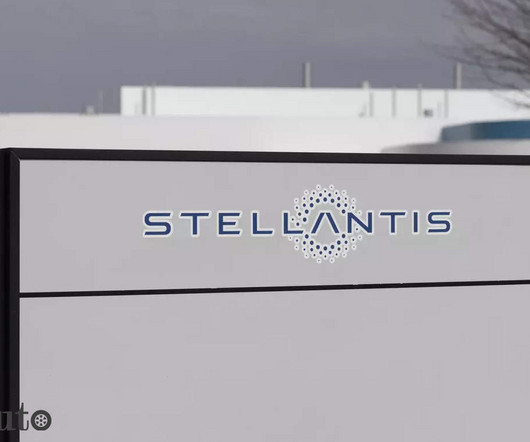





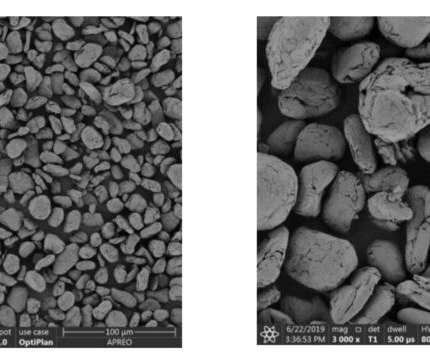


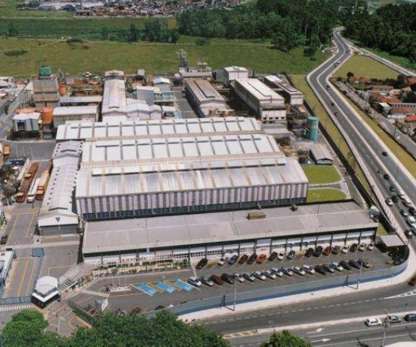







Let's personalize your content